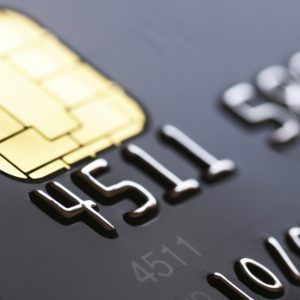Are Merchants Ready for the EMV Liability Shift?
 As the date inches closer to October 1, the real question will be whether or not businesses are ready for the change. While the industry has made great strides preparing business owners for the EMV liability shift, there is still work to be done in helping business owners understand EMV, its benefits and the impact of the upcoming liability shift. It’s the beginning of a new payment-processing era with enhanced security, reduced hassle and greater benefits to consumers.
As the date inches closer to October 1, the real question will be whether or not businesses are ready for the change. While the industry has made great strides preparing business owners for the EMV liability shift, there is still work to be done in helping business owners understand EMV, its benefits and the impact of the upcoming liability shift. It’s the beginning of a new payment-processing era with enhanced security, reduced hassle and greater benefits to consumers.
The Industry is Shifting
The shift in liability is intended to encourage chip card adoption and will therefore hold an issuer or merchant liable for fraudulent charges made using magstripe cards — not credit card companies. Although the amount of fraud we see with our clients is fairly minimal, it’s important that merchants be aware of the upcoming shift in liability. When a merchant accepts an EMV card and that is later deemed to be lost, stolen or modified, then the merchant is responsible for the loss incurred with that transaction. The bottom line is this: the new equipment and technology is intended to reduce risk and help merchants accept payments smartly and securely.
Preparation for EMV Compliance
Education is key during this time of transition. i3 Commerce Technology recommends that our merchants, especially those in retail, upgrade to not only provide a secure processing environment for their clients but also stay current with the technology that their customers will start using. i3 Commerce Technology™ is hosting webinars to educate merchants on the upcoming changes and how to become EMV compliant. Our higher-risk clients will be contacted directly to facilitate the equipment update for EMV capability prior to October 1.
Merchants that process transactions through standalone hardware will need new equipment that’s EMV capable; i3 Commerce Technology recommends the VeriFone VX520. Merchants that rely on a Point-of-Sale (POS) system, software solution or microsolution at a restaurant are subject to the options made available by their software provider.
The new standard will require some additional training for employees at the POS terminal. Instead of swiping the card, the customer will insert the card and the card will remain in the reader for the duration of the transaction.
While it may seem overwhelming, EMV represents an opportunity in our industry and adoption will differ depending on a business’ needs. For more information about the EMV rollout and your options to maintain compliance, contact your payment processing advisor directly and ask about the proper timeframe to consider alternative solutions.
Subscribe to Card Talk
Our monthly newsletter delivers the latest payments news straight to your inbox
